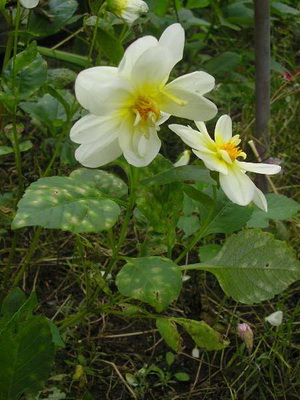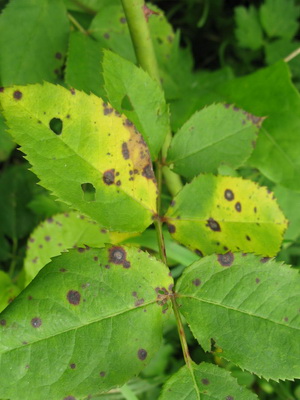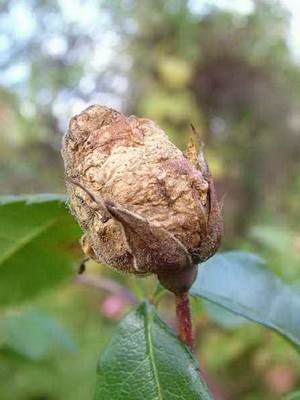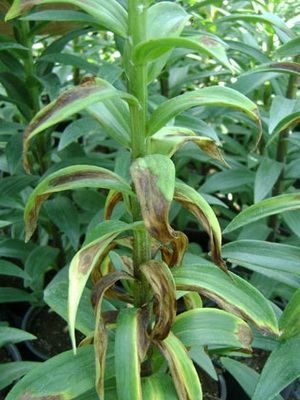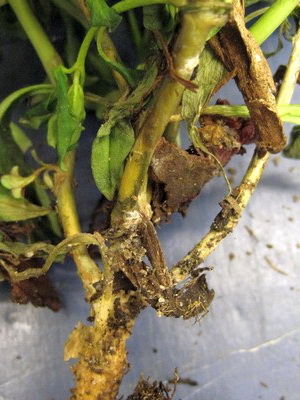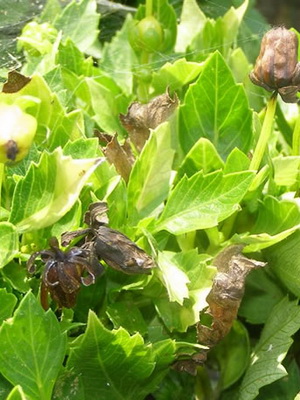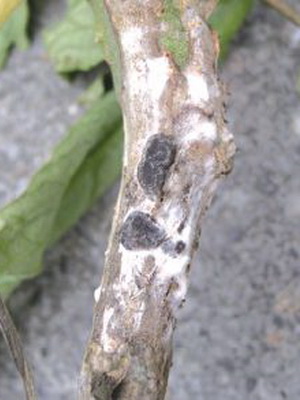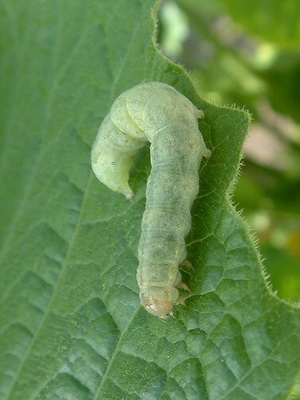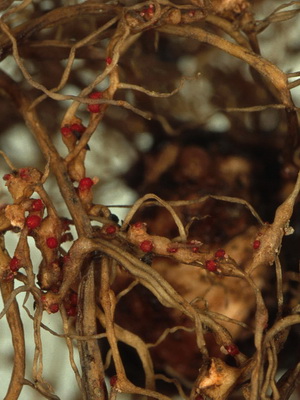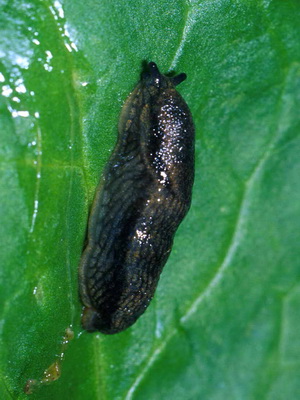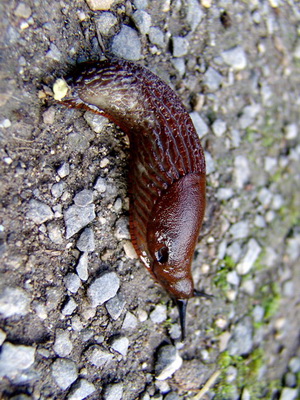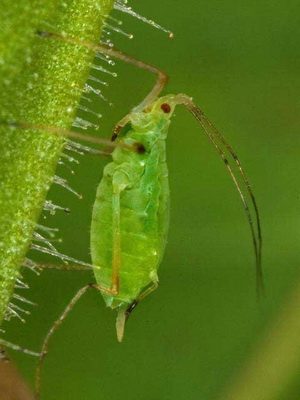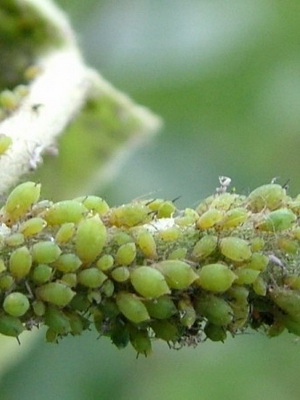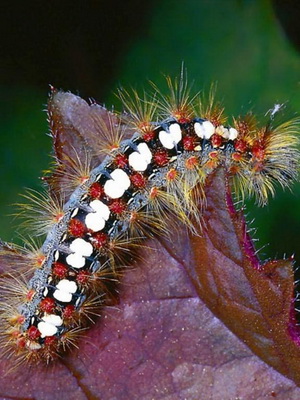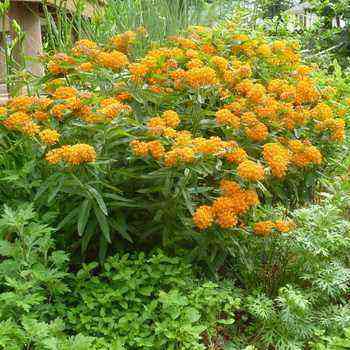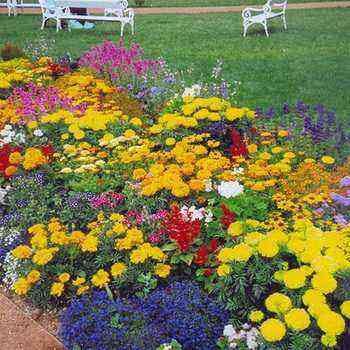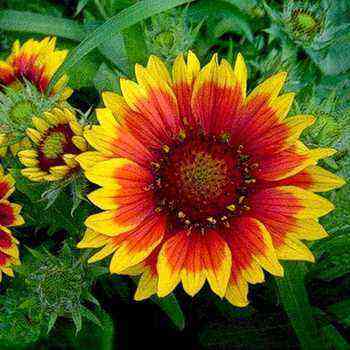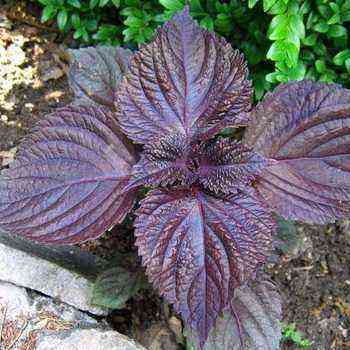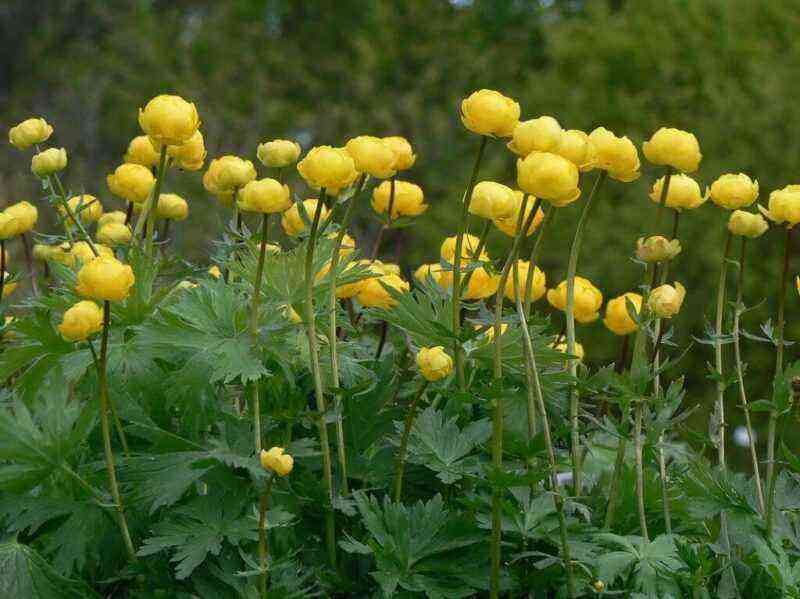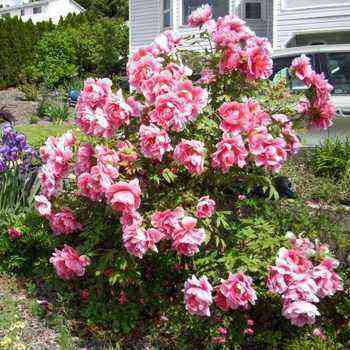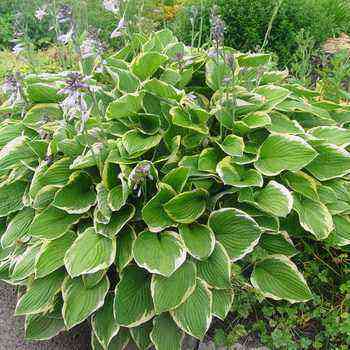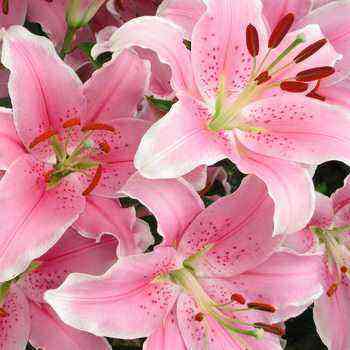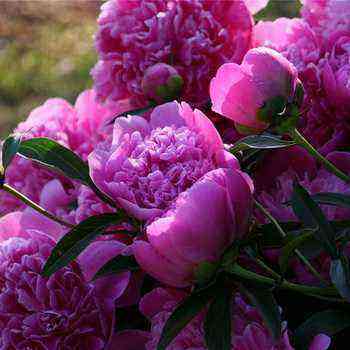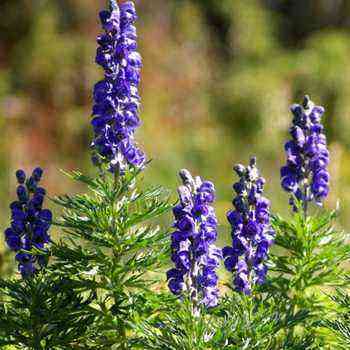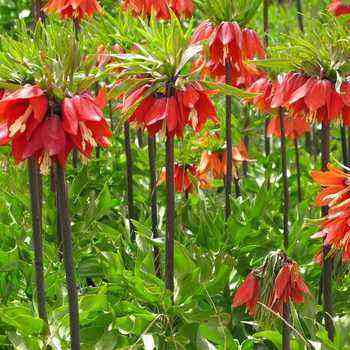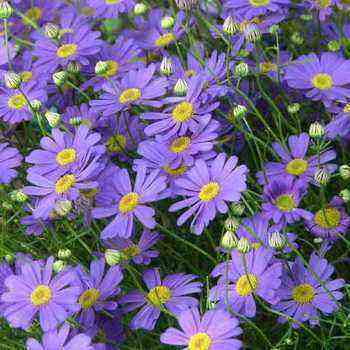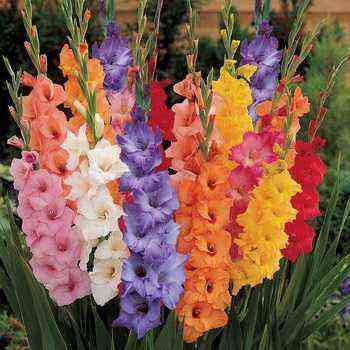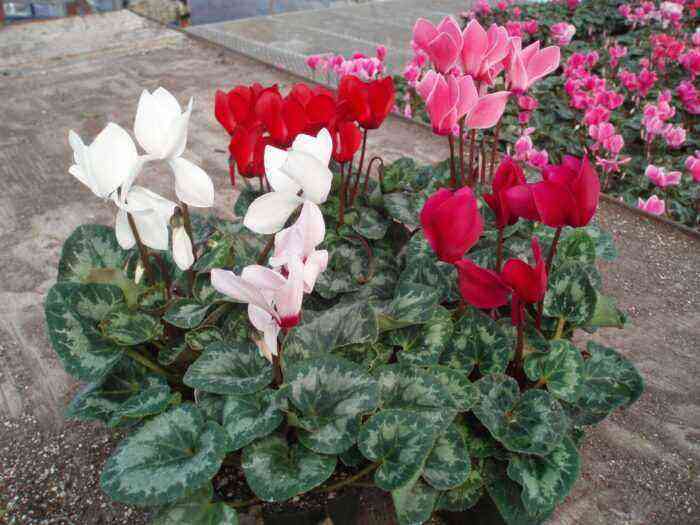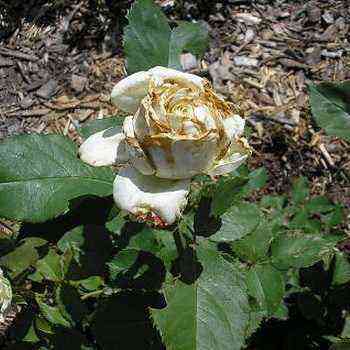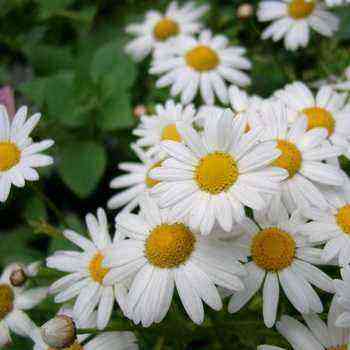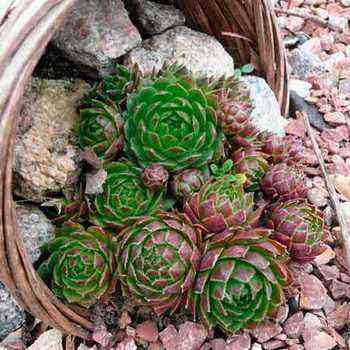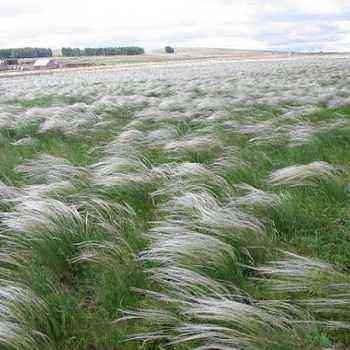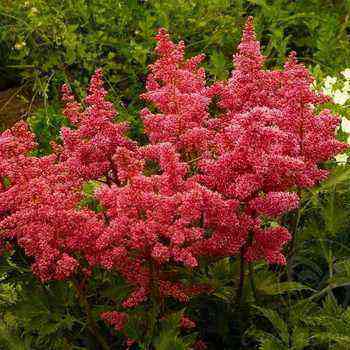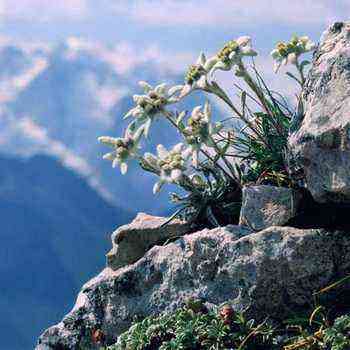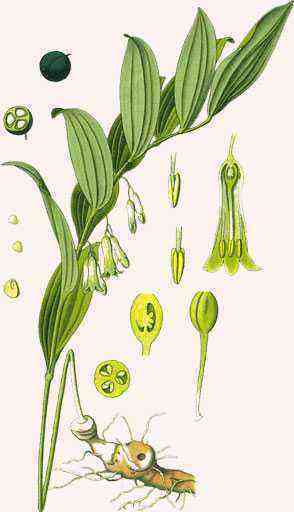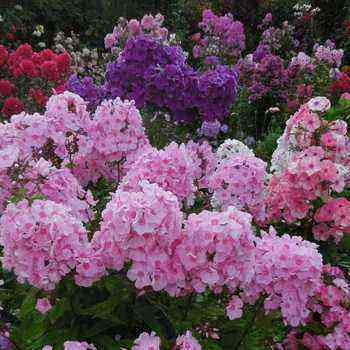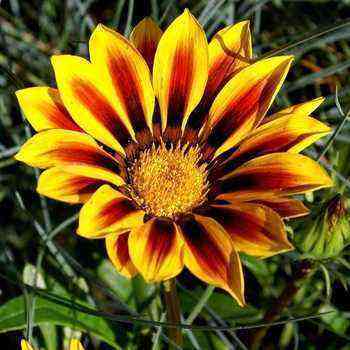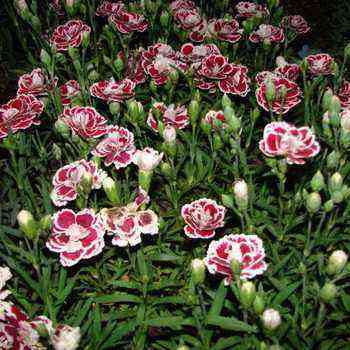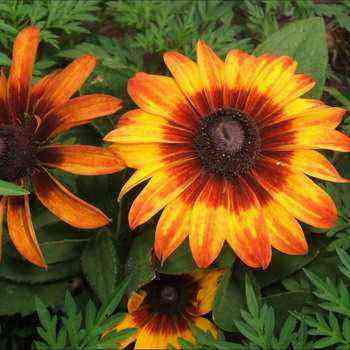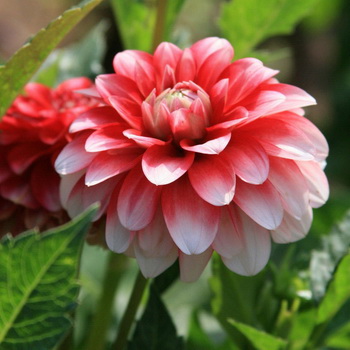
Dahlia diseases: leaf spot, rot and wilting
Here you will learn about dahlia diseases and how to fight them with fungicides.
Leaf spot. Fungal disease, the causative agent is the fungus Entyloma dahliae . Yellow-green spots appear on the leaves of the plant, which blur and take on a gray-brown color with a dark border. The development of the disease is facilitated by the thickening of the plantings and poor ventilation in them. In the treatment of this disease, dahlia is used systemic fungicides, such as Fundazol and Oksikhom. Affected plants are destroyed.
“Botrytis”, or gray rot. Fungal disease, the causative agent is the pathogenic fungus Botrytis cinerea. When damaged, brown spots first appear on the leaves. Then the whole plant is affected.
As you can see in the photo, with this disease, the dahlia leaves dry up and die off, the peduncles are deformed, the buds dry out without opening. If the disease affects the plant in the flowering phase, watery spots form on the inflorescences, the tissues soften, the flowers completely rot. Affected tubers rot. Excess moisture, too thick planting contribute to the development of the disease. Against gray rot, dahlias are treated with fungicides such as Fundazol, Rovral, Topsin, Benleit.
Brown rot. Fungal disease caused by the fungus Rhizoctonia solani. Usually infects plants at the beginning of the growing season or young shoots. In the affected plants, the bases of the shoots turn brown and thin. Dahlia planting too deeply contributes to the development of the disease. For the prevention and treatment of brown rot, fungicides are used, such as Alirin, Gamair, Fitosporin-M, Fundazol.
Fusarium and verticillary wilting. Two diseases with identical symptoms but caused by different fungal pathogens Fusarium oxysporum and Verticillium dahliae . When these diseases are affected, rotting of roots and tubers, wilting of leaves, the apical part of shoots and buds occurs. The affected parts of the plant are covered with a brown (verticillosis) or pinkish (fusarium) bloom. The development of diseases is facilitated by thickened plantings, excessive dampness, poor ventilation in the area with dahlias. For the prevention and treatment of wilting, systemic fungicides are used, such as Fundazol and Oksikhom. Affected plants are removed from the flower bed and burned.
If dahlias have been affected by diseases that require the removal of plants, this measure alone is not enough. The soil beneath them may still contain pathogens. Therefore, it is necessary to disinfect the vacated space. An abundant filling of the soil with garden lime will be effective disinfection. Dahlias cannot be planted in this place in the coming years.
Dahlia pests: caterpillars, nematodes, slugs and aphids
The pests of dahlias and measures to combat them with the help of insecticides and folk remedies are described below.
Caterpillars Dahlias can be affected by caterpillars of various pests – whiteflies, whiteflies, different types of scoops, etc.
Look at the photo: these pests of dahlia gnaw foliage and young shoots, they can gnaw the base of the stem.
All this leads to the weakening of the plant, and in case of severe damage, to its death. If the tracks are few, you can pick them by hand. In case of mass defeat, systemic insecticides are used, which have a detrimental effect on both the caterpillars and the butterflies themselves, their egg-laying and larvae.
Nematodes. Dahlias are often attacked by strawberry and chrysanthemum nematodes. These almost invisible pest worms damage the buds, leaves and young shoots of dahlia. They feed on plant juices, causing its weakening and deformation of the affected parts, stunting. To combat them, the affected plants are dug up with a large clod of earth and destroyed.
Slugs. These dahlia pests are active at night or in wet weather. They eat the succulent leaves of the dahlia, sometimes destroying the leaf plates entirely. This leads to a weakening of the plant. Slugs are collected by hand or irritating substances are used – sprinkle the soil around the plants with ground pepper, superphosphate. You can use pesticides, for example, the Groza drug.
Aphid. Small sucking pests settling in whole colonies on the back of the leaves. They suck out juices from foliage and young shoots. At the same time, the leaves curl and turn yellow, and the affected shoots are deformed. A sticky discharge is visible on the plant – “honeydew”. Aphids not only harm the plant themselves, but are also a carrier of diseases. At the first signs of aphid infestation, it is necessary to cut and destroy parts of the plant along with the pest colony. After that, the plants are treated with insecticidal preparations against aphids, such as Fitoverm, Confidor, Decis.
Here you can see photos of diseases and pests of dahlias, especially dangerous for plants:
